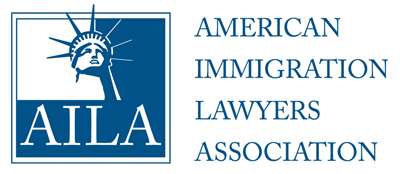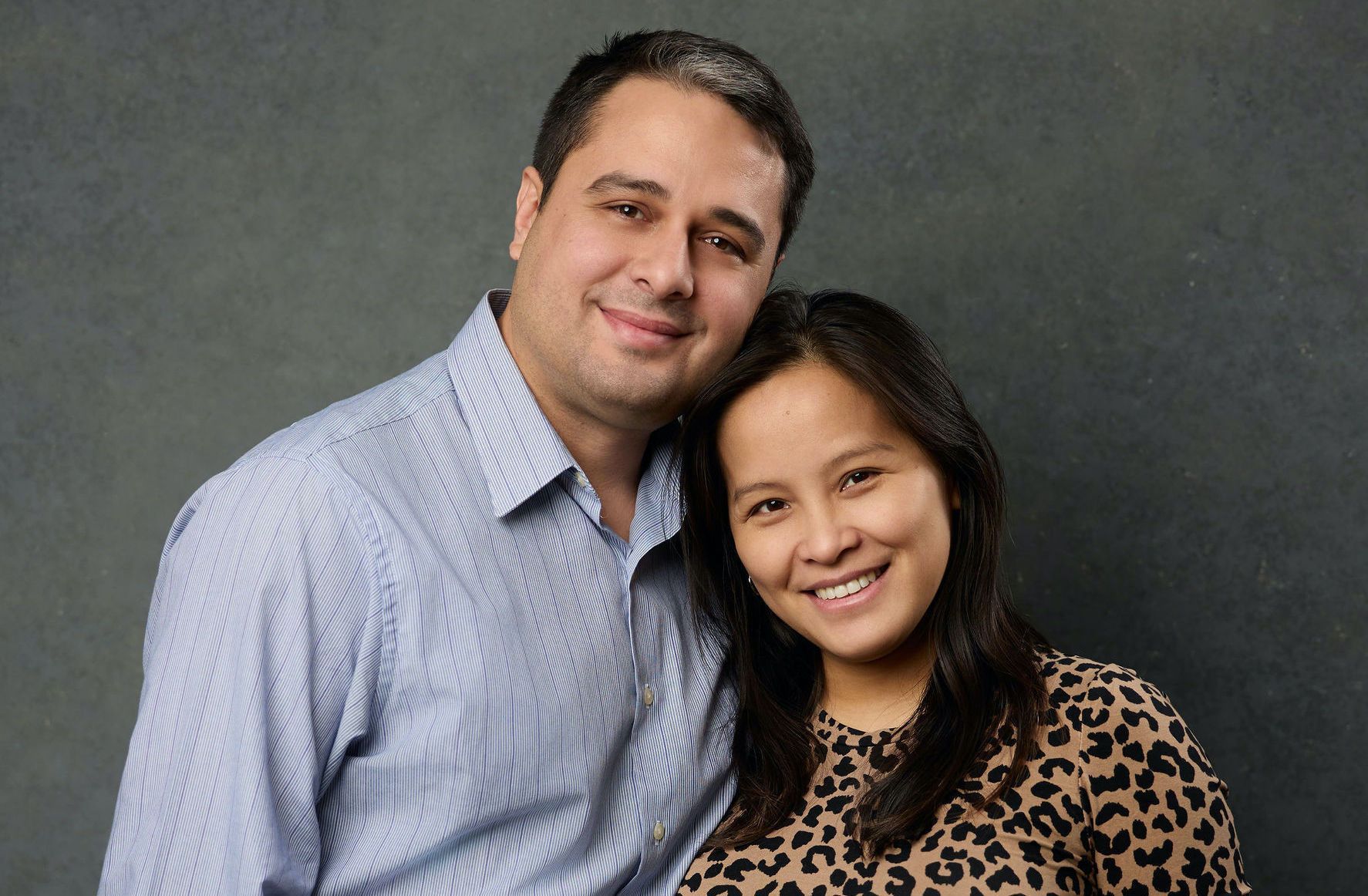US Citizen’s Guide to Marrying in the Philippines and Immigrating a Philippine (Filipina) Spouse to the United States

The Philippines, a beautiful country with polite people, delicious food, and a positive culture. Marrying someone from the Philippines is wonderful! This article will discuss the two common questions:
- How does a US Citizen marry in the Philippines?
- How does the Philippine Spouse immigrate to the US?
If you are interested in the US K-1 Fiance Visa process, you can visit our guide here: U.S. Citizen’s Guide to the Fiancee Visa Process in Manila Philippines
If your Philippine Spouse or Fiance is outside of the Philippines (possibly as an OFW), this article may be more beneficial:
https://www.fickeymartinezlaw.com/immigration-topic-philippine-fiance-or-spouse-living-outside-of-the-philippines-and-how-to-immigrate-to-the-us
Our Experience:
The Immigration Attorney first experienced the immigration process when he married his wife, a J-1 Public School Teacher who was from the Philippines, in 2014.
Our immigration law firm began in 2015, initially heavily assisting Filipinos in North Carolina, USA. Our office assisted with a process back then called "red ribboning," which was a requirement needed by the Philippine Embassy in Washington D.C. (and by any Philippine Embassy or Consulate around the word) back then, before the Philippines joined the Hague Apostille Convention. Our office was 1 of about 10 in the Eastern United States that assisted the Philippine Embassy System.
After nearly a decade of service, our office has helped hundreds of Filipino Families, both in the United States on a visa, in other Countries (with the Filipino/a on a work visa abroad, usually in Saudi Arabia or Japan), and also in the Philippines.
What are the Philippine Marriage Requirements a US Citizen needs to know?
First, the Philippine Government requires all foreigners to provide a “Certificate of Legal Capacity to Contract Marriage” from his/her embassy before filing for a marriage license. This requirement is similar to the Philippine CENOMAR document, better understood as a civil status record. The certificate affirms the US Citizen is not married to anyone in the world and is able to marry a Filipino.
Obtaining a Legal Capacity to Marry at the US Embassy in Manila or the US Consulate in Cebu are by appointment only. The appointment link is found here:
Manila: https://evisaforms.state.gov/acs/default.asp?postcode=MNL&appcode=1
Cebu: https://evisaforms.state.gov/acs/default.asp?postcode=MN2&appcode=1
The following should be taken to the Appointment for a Legal Capacity to Marry:
- Your confirmation printout
- All divorce decrees (Certified Copy from the US Courthouse or Vital Statistics Office) or death certificates that show the U.S. citizen is free to marry
- Valid, unexpired U.S. passport
- $50 in cash (or Philippine Peso equivalent) or credit card to pay the requisite fee
Second, the license to marry must be acquired. Philippine law requires a ten-day waiting period from the filing of the application to the issuance of the marriage license. These ten (10) days are business days, not counting weekends or holidays. The license is valid for 120 days and may be used anywhere in the Philippines.
Third, register the marriage and acquire a Philippines Statistic Authority (PSA) Marriage Certificate.
Special Note: A Virtual Marriage in Utah may be more ideal than a foreign marriage in the Philippines. Why?
- It provides a US-Based marriage certificate
- It does Require the US Citizen to visit the Philippine Spouse PRIOR to starting any kind of I-130 Petition
- It allows more freedom for when the US Citizen travels to the Philippines (no one wants to do paperwork and go to boring government buildings when they can vacation, travel, and visit friends and family)
- The Utah Marriage Certificate can still be registered with the PSA through the Philippine Consulate in San Francisco: https://pcgsanfrancisco.org/civil-registry/
The Utah Clerk of Court can be seen here:
https://www.utahcounty.gov/dept/clerk/marriage/marriagelicense.html
How does the Philippine Spouse Immigrate to the United States?
The IR-1 / CR-1 Spousal Immigrant Visa is the visa that would allow a Filipino spouse to immigrate to the US. The process has 2 basic steps (Step 1: Petition and Step 2: Visa Application), but it is better to understand through the following breakdown:
- Part 1 – Petition to Recognize the Relationship – Submit the I-130 Electronically ( Related Blog Post found here )
- Part 2 – Waiting Period – I-130 Pending awaiting a USCIS Officer to review the filing and supporting documents ( Processing times Post found here )
- Part 3 – NVC Processing – Visa fees are paid online, DS-260 completed, and supporting documents uploaded.
- Part 4 – Consulate Interview – NVC provides Manila Interview day and time, Consulate Account Registered, Medical Performed, Documents Organized, and Interview Attended.
- Part 5 – Arrive in the US – Pay Immigrant Fee, Fly to the United States, Apply/Receive US Social Security Card, and Receive Green Card in the mail within 4 months after entry.
What documents are required?
Our office has an Immigration Checklist here:
https://www.fickeymartinezlaw.com/immigration/immigration-checklist-what-our-law-office-generally-recommends
Important things to know:
General Government Cost (Updated April 1, 2024): $1305
Average Processing Time (Updated April 1, 2025):
12 to 20 months
Are there any Consular Interview instructions?
The Manila Embassy provides the following instructions for consular interviews: https://travel.state.gov/content/travel/en/us-visas/Supplements/Supplements_by_Post/MNL-Manila.html
The Spouse will need three (3) Philippine Documents at the NVC and US Embassy in Manila:
- PSA Birth Certificate: /immigration/psa-philippine-birth-certificate/
- PSA Advisory on Marriage (After Philippine Marriage): Ordered here https://www.psaserbilis.com.ph/Default.aspx
- NBI Police Clearance: /immigration/philippines-nbi-police-clearance/
Is there a Way to have the spouse enter the United States Quicker?
Yes, possibly through employment visas. The Most Popular Employment Visas are:
- J-1 (e.g. Intern or Teacher)
- H-1B (e.g. Teacher or Nurse)
- R-1 (e.g. Teacher or Religious/Missionary Activities)
- F-1 (e.g. for an education program that eventually leads to a position in the medical field)
Every visa option has their pros and cons. Some spouses would use the employment visa to then pursue adjustment of Status, whereas other would return to the Philippines to complete the Consular Processing. Consulting with an immigration attorney can provide better clarity.
Quick questions usually have quick answers. Please feel free to ask us. If a long answer is needed or a 1-hour consultation with the attorney, we would let you know. We normally respond within 1 business day:
Have a Question? Contact Us!
What happens if a Philippine Wife is pregnant with a US Citizen’s Child?
Many believe the baby or newborn would need a visa to enter the US. However, any children of US Citizens may already be US Citizens and should use a US Passport for travel.
The Consular Report of Birth Abroad (CRBA) Process (More info found here: /immigration/children-born-abroad-how-to-get-citizenship-from-parents/ ) registers the birth in Manila or in Cebu, whichever US Embassy or Consulate is available, and provides the US Citizen child a US Passport, a US Social Security Card, and a proof of US Citizenship in the form of a CRBA Certificate that will never expire.
If you require assistance with the Philippine Spousal Visa process, please consider contacting our office to set up a consultation with our Immigration Attorney.
Related Blog Posts:
Immigration Topic: Philippine Fiance or Spouse living outside of the Philippines and how to Immigrate to the US
 Read More
Read MorePhilippine Citizens frequently work abroad. The common term or title is OFW or Overseas Filipino Worker. This article will cover common questions, required documents, and timelines for both a Fiance and Spouse of a US Citizen.
Where can I see Processing Times?
Processing Times are divided by the different Agencies. Links to the time estimating tools can be seen here:
- USCIS I-130: https://egov.uscis.gov/processing-times/#mainContent
- NVC DS-260 and I-864 Processing: https://travel.state.gov/content/travel/en/us-visas/immigrate/nvc-timeframes.html
- Interview Scheduling: https://travel.state.gov/content/travel/en/us-visas/visa-information-resources/iv-wait-times.html
If you need a deeper breakdown of the Interview Scheduling Tool, more information can be seen here: https://www.fickeymartinezlaw.com/how-long-until-the-embassy-or-consulate-schedules-my-immigrant-visa-interview
Utah Virtual Marriage: A Viable Option to streamline Marriage in the Philippines for US Immigration Purposes
 Click Here!
Click Here!More Information found here:
I-130 Petition Evidence Requirements
 Click Here!
Click Here!More Information found here:
Sponsorship as a US Military Veteran
 Click here!
Click here!Common topic, a US Veteran sponsoring a spouse abroad. This article talks about VA Disability and other veteran incomes for purposes of immigration and I-864 Sponsorship. More information found here:
Sponsorship with Social Security Income: Issues?
SSI and SSDI do experience some issues with regard to sponsorship in the I-864 Immigration Process. A deeper dive into this topic can be seen here: https://www.fickeymartinezlaw.com/immigration/i-864-sponsorship-how-is-ssi-and-ssdi-assessed
Philippine J1 Subject to 2-year Home Residency Requirement
 Click here!
Click here!More information found here:
Disclaimer: This Blog is made available by the lawyer or law firm publisher for educational purposes only as well as to give you general information and a general understanding of the law, not to provide specific legal advice. By using this blog site you understand that there is no attorney-client relationship between you and the Blog/Web Site publisher. The Blog should not be used as a substitute for competent legal advice from a licensed professional attorney in your state.












